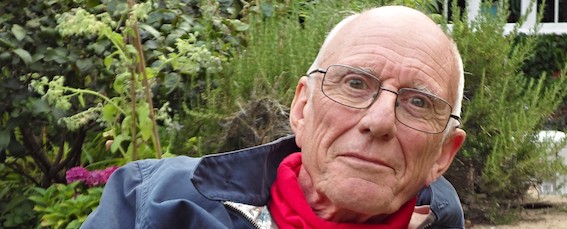Chernobyl’s 25th anniversary: Start here
There are 10 mini-essays on this site which intend to do honour to the 1986 Chernobyl disaster and the extraordinary people who are associated with it. See the “Browse by tag” menu at left.
Here’s a v short YouTube video of an RDN visit to the surviving Chernobyl plant in 2005. You may be interested in Chernobyl’s cancer death toll, and an account of that appears here. If you’re kindly interested in my personal take on Chernobyl, read on below…..
My interest in Chernobyl really began in 1995 when I was invited on a press trip to Chernobyl organised by my friend, the PR Paul Seaman, who was seconded to the plant to prepare the ground for the West’s revived anniversarial interest in the disaster. I spent several weeks researching the issue, and especially asking IARC and NRPB specialists about the cancer effects of the 1986 disaster. The rather upbeat result was published in the Independent on Sunday Magazine in April 1996 (with pictures, viewable online, by Jeremy Nicholl). Perhaps because I checked my facts with the scientists I quoted, this account has never been challenged.
I revisited Chernobyl in 2005 and it is striking to note that the understanding of the accident’s causes and impacts from 1995 remained sound.
The expert discussion of long-term cancer and other health effects from the Chernobyl disaster is phenomenally difficult to assess. It depends on bad data (so the epidemiology’s a nightmare) and heroic assumptions about the effects of radiation (so the toxicology’s a nightmare). I give my best reading of the material in #9 of my mini-essays on Chernobyl.
A few dozen of Chernobyl’s remarkable people died in the immediate aftermath of the accident in April 1986, mostly after firefighting and plant management work (very similar to what we have seen at Fukushima). Some more died in the following years. Many, many more Chernobyl staff (many new to the plant after the accident) kept on working or living in the immediate vicinity of the disaster-site, most of them in the surviving nuclear power stations, some of which ran until 2000. So far as I know, there are perfectly healthy. The undamaged reactors went on working until 2000, and since then have employed people in dealing with spent fuel and plans for decommissioning of plant.
Then there are the thousands of people who were moved away from the 10- and 30-kilometre exclusion zones, and had to make new lives. Amongst the most extraordinary are those who wouldn’t move or who began to return. For a flavour of all this (highly coloured, since it’s a thriller), I recommend Wolves Eat Dogs, a crime novel by Martin Cruz Smith.
I also recommend Piers Paul Reed’s Blaze and Grigori Medvedev’s The Truth About Chernobyl.
Chernobyl is an extraordinary place and many extraordinary people have worked there and work there still. I’ve been there twice and loved every moment of the visits. This is tricky. A lot of suffering has happened at and because of Chernobyl. It is not more beautiful than the rest of its region. One should be careful before one celebrates places of disaster, dereliction or desertion (and Chernobyl is all three). One might descend into the kitsch, or the mawkish.
There is a further issue. Chernobyl (as Martin Cruz Smith taught me) is a place with layers of sadness: it was a scene of the murder of Jews, for instance. Those of us who know nothing of the place but its nuclear disaster project all kinds of things on to it, but we have also hijacked the very name of the place.


Leave a comment